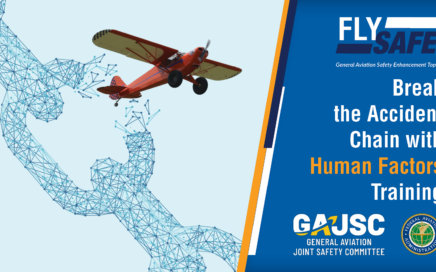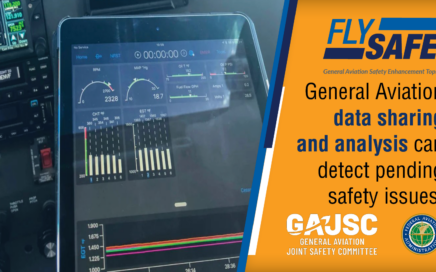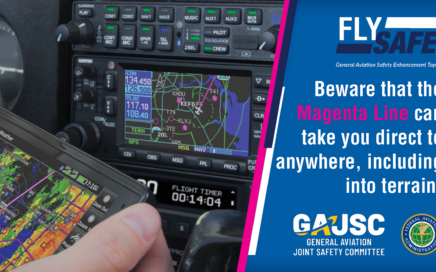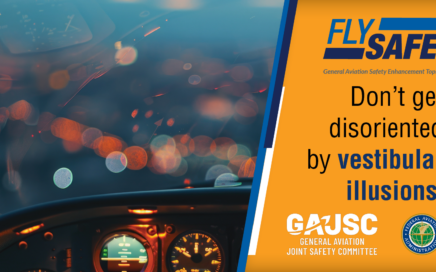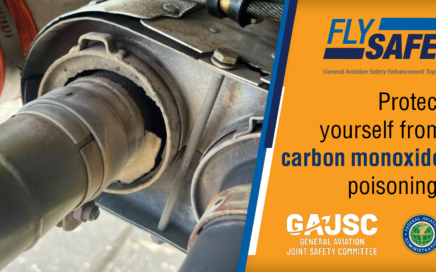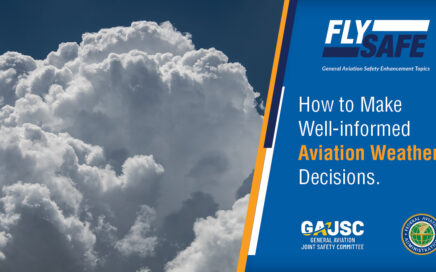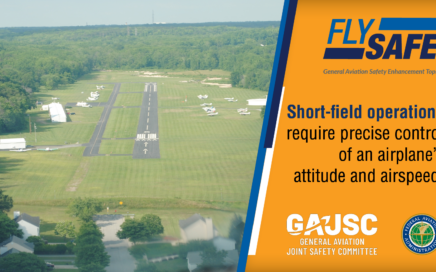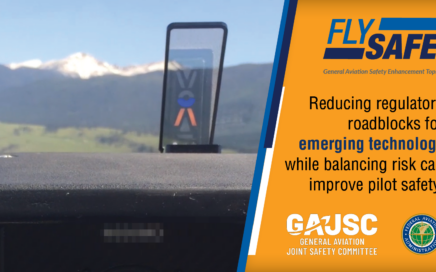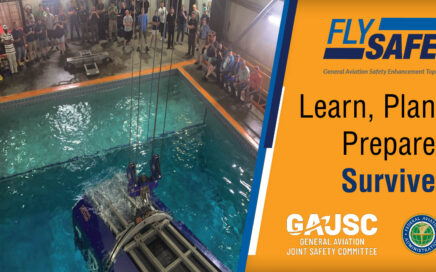
General Aviation Survival Tips and Techniques
Survival planning before flight, along with survival training, can significantly improve pilots’ chances of surviving accidents and incidents. Are you prepared, and do you have the tools you need to survive an aviation accident? Let’s look at some tips, techniques, and training resources.

